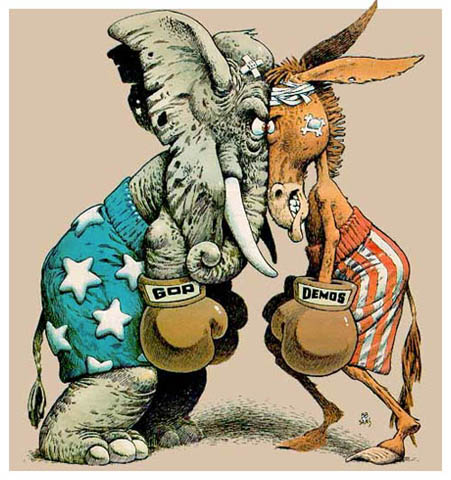We are looking forward to learning more about this so that a huge drop like this can never happen again.
May 18, 2010
BREAKING NEWS: Rules to Limit Stock Trading Amid Market Volatility
By EDWARD WYATT
WASHINGTON — The Securities and Exchange Commission on Tuesday proposed a trial of individual circuit breakers on all the stocks in the Standard & Poor’s 500-stock index, a response to the May 6 market disruption.
The circuit breakers will pause trading in those stocks if the price moves by 10 percent or more in a five-minute period. The trial will begin after a 10-day comment period and will last through Dec. 10, the commission said.
The S.E.C. worked with the national securities exchanges and the Financial Industry Regulatory Authority to draft the rules, it said. “I believe circuit breakers for individual securities across the exchanges would help to limit significant volatility,” Mary L. Schapiro, chairwoman of the S.E.C., said.
During the pilot period, the commission staff will also consider other measures discussed during a recent Congressional inquiry into the May 6 plunge. Those included ways to address the risks of market orders, a potential ban on so-called stub quotes of one or a few cents for a stock that is trading significantly higher than that, and the use of trading pauses at various exchanges.
Stock and stock-index futures prices were already declining on May 6 when, about 2:42 p.m. Eastern time, they suddenly plunged by more than 5 percent over the next five minutes.
When prices bottomed around 2:47 p.m., the Dow Jones industrial average was down nearly 990 points, 9.1 percent below where it had started the day. Almost as quickly as prices dropped, however, they rebounded, with the Dow industrials recovering 543 points in about 90 seconds. The Dow finished the day down 347.80, or 3.2 percent, at 10,520.32.
(snip)
In testimony on May 11 to a House subcommittee looking into the stock market’s May 6 gyrations, Ms. Schapiro said the agency was looking into how stock exchanges had determined that a trade was erroneous. She said regulators wanted to set a fair and consistent process for judging such trades and dictate a standard that market participants would know would apply before an incident occurs.
Ms. Schapiro also said regulators were already working to develop and institute a consolidated audit trail, which would allow the reconstruction and analysis of trading events.
Excerpt: Read More at New York Times





No comments:
Post a Comment